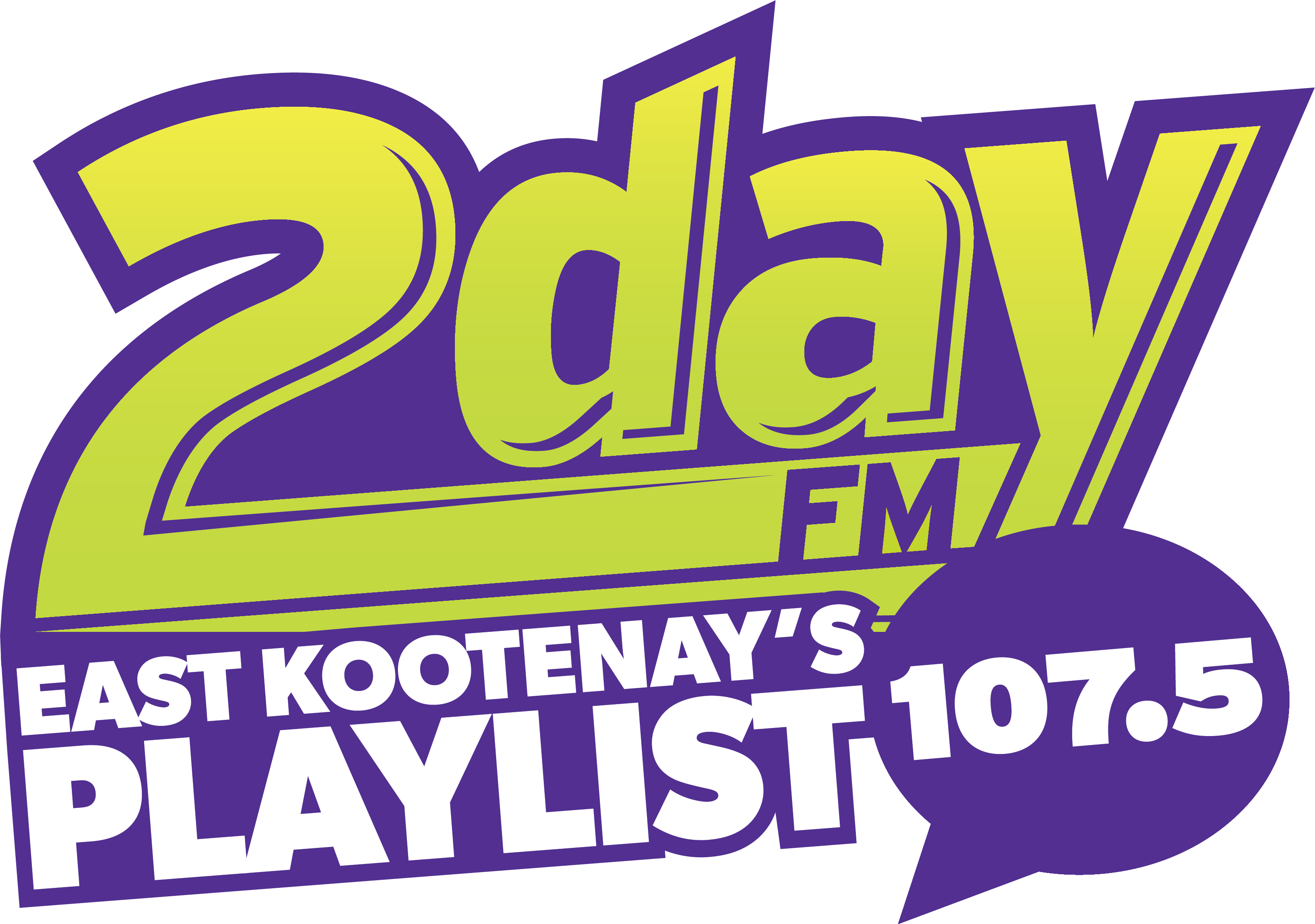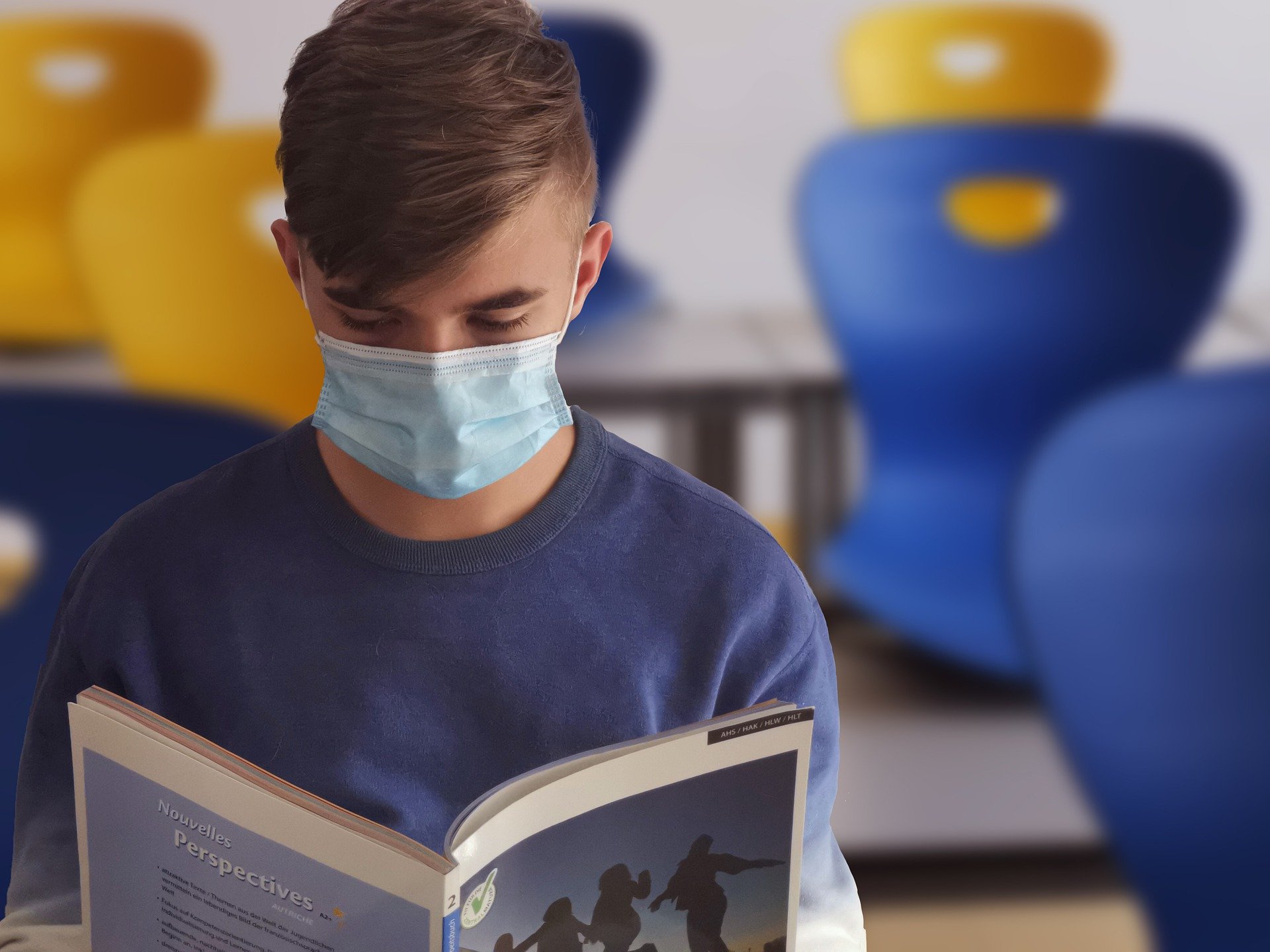School districts will now have guidelines in place regarding policies around face masks for students and staff and other priority areas as classes get back in session in September.
The B.C. Government said masks must be worn by staff, middle and high school students in high traffic and common areas, such as busses and hallways and anytime outside of their learning group whenever physical distancing cannot be maintained.
The Province said physical distancing is required to be maintained from people outside of their learning group, even while students and staff are wearing a mask.
“Efforts will be put in place to ensure there is no crowding, gathering or congregating of people from different learning groups in a school setting, even if non-medical masks are being worn,” said the B.C. Government. “Schools will also ensure non-medical masks are available for staff if someone should become ill while at school.”
However, there will be exceptions made for students who cannot wear a mask for medical reasons.
The B.C. Government said the Ministry of Education is providing additional funding to allow schools to purchase enough additional masks to supply two to every students and staff member. An estimated 1.5 million masks will be purchased by B.C.’s schools.
As well, Ontario-based PPE manufacturer, Canadian Shield, has announced a donation of 54,500 face shields for B.C.’s K-12 schools to further bolster the inventory of protective equipment schools have access to.
Guidelines also cover key components of K-12 education during the pandemic, including curriculum, report cards, supports for students with disabilities/diverse abilities and finance and operations.
Additional expectations
The Province said a number of expectations are also part of the guidelines for school boards and independent authorities as back-to-school plans are finalized.
The emotional and mental well-being of students and staff will be regularly monitored and assessed to review how the changes are impacting schools.
School districts will work with on-site before and after school childcare providers to support learning groups staying together where possible.
For inclusive education:
- Students who require more support in school must have full-time, in-class instruction available without any delays.
- Students who need to stay at home because they are immunocompromised should have an at-home learning plan and be provided with an educational program by their school district.
- Education assistants should continue to support students and teachers, including if classes move to remote learning or online.
- Children and youth in care should have priority access to technology, child care, in-class instruction and additional supports.
Regarding blended learning:
- Schools should prioritize learning that can be effectively done remotely such as key literacy, numeracy and core competencies.
- Vulnerable students and those who require additional support in school should be prioritized for full-time, in-class learning.
Activities, assessments, and assignments must also be accessible for students who are in-person, at home, undergoing blended learning.
For graduating students, the focus will remain on ensuring progress is made towards completing graduation requirements. This may involve flexible options so students who are unable to participate fully in self-directed or remote learning are not disadvantaged.
Indigenous students and families:
- Boards must ensure Indigenous rightsholders are engaged in meaningful consultation and school boards will need to work directly with First Nations to develop plans for any Indigenous students living on-reserve and attending public school.
- Boards must also work with Métis Nation for plans for Métis students attending public/independent schools.
- Boards are to identify Indigenous students whose educational outcomes may have been negatively impacted during in-class suspension, with support planned and prioritized.
Lastly, food and meal plans will continue to be available for students in need, even if in-class learning is suspended because of increased transmission risk of an outbreak.




